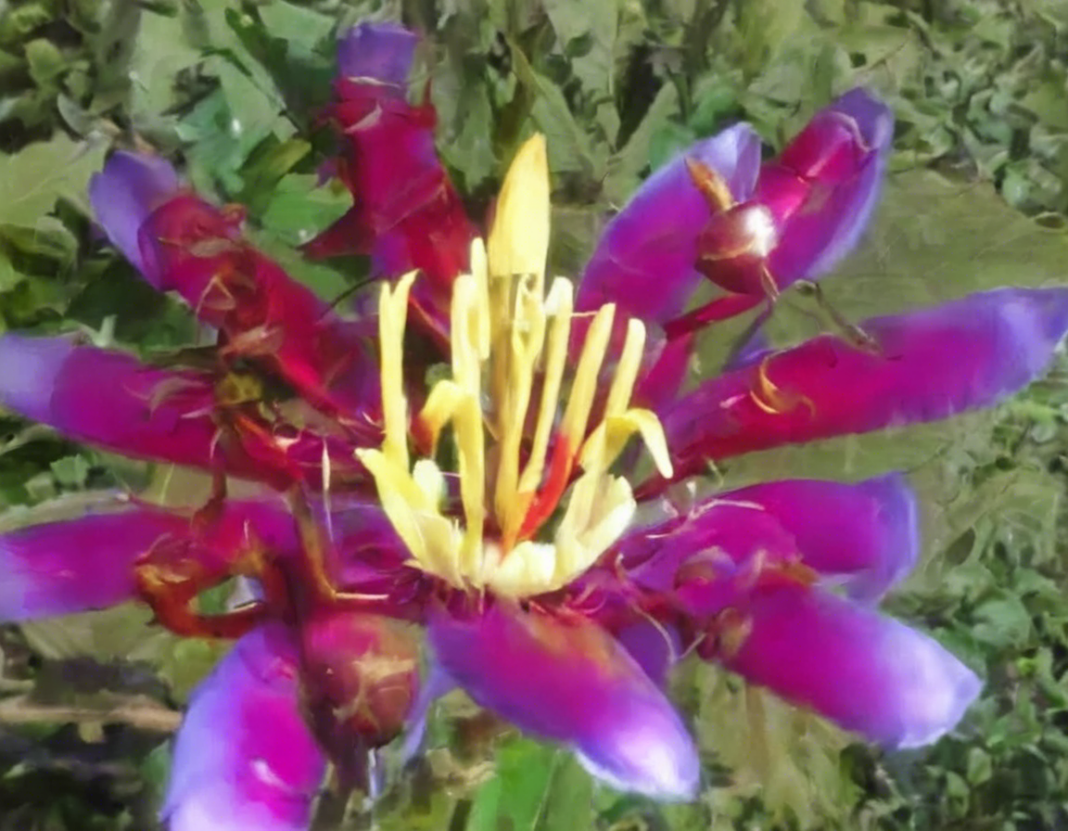Introduction
A Shiv Ketki flower, also known as Tabernaemontana divaricata or crepe jasmine, is a popular flowering plant renowned for its delicate, fragrant white flowers. Native to India, this plant has been cultivated for centuries due to its ornamental beauty and aromatic scent. In this comprehensive guide, we will delve into the various aspects of the Shiv Ketki flower, including its characteristics, cultivation, uses, and significance in different cultures.
Characteristics of the Shiv Ketki Flower
The Shiv Ketki flower is characterized by its small, waxy, star-shaped, waxy white flowers that bloom in clusters. The flowers have a strong, sweet fragrance, making them popular choices for use in perfumes, garlands, and religious ceremonies. The plant features dark green, glossy leaves that provide an attractive contrast to the white blooms. Shiv Ketki flowers are typically evergreen, meaning they maintain their foliage throughout the year.
Cultivation of Shiv Ketki Flower
Shiv Ketki plants thrive in warm, tropical climates and require well-draining soil to prevent root rot. They prefer full sunlight but can also tolerate partial shade. Regular watering is essential, especially during the growing season, to keep the soil moist but not waterlogged. Pruning the plant after flowering helps promote new growth and maintain its shape.
Propagation of Shiv Ketki can be done through seeds or stem cuttings. Seeds should be sown in well-draining soil, kept moist, and placed in a warm, sunny location. Stem cuttings are typically taken in the spring or early summer and placed in a rooting hormone before being planted in a potting medium.
Uses of the Shiv Ketki Flower
The Shiv Ketki flower has various uses in different cultures and contexts. In India, the flowers are commonly used to make garlands for religious ceremonies, weddings, and festivals. The fragrant blooms are also distilled to extract essential oils used in perfumery.
In traditional Ayurvedic medicine, Shiv Ketki is valued for its medicinal properties. The plant is believed to have anti-inflammatory, antimicrobial, and antioxidant properties, making it a popular ingredient in herbal remedies and skincare products.
Significance in Different Cultures
The Shiv Ketki flower holds symbolic significance in various cultures. In Hinduism, the flower is associated with the worship of Lord Shiva, hence the name “Shiv Ketki”. It is believed to be auspicious and is often used in temple rituals and ceremonies.
In Thai culture, the crepe jasmine is regarded as a symbol of motherhood and is often given to new mothers as a gesture of blessing and good luck. The flower’s pure white color is seen as a representation of purity and innocence.
Tips for Growing Shiv Ketki Flower
- Choose a sunny spot: Shiv Ketki plants thrive in full sunlight, so ensure they receive at least 6 hours of sunlight per day.
- Use well-draining soil: To prevent waterlogging, plant Shiv Ketki in soil that drains well and avoid overwatering.
- Prune regularly: Trimming the plant after flowering helps maintain its shape and encourages new growth.
- Fertilize sparingly: Use a balanced fertilizer during the growing season to promote healthy growth, but avoid overfertilizing.
- Protect from pests: Keep an eye out for pests like aphids and mealybugs, and treat them promptly to prevent damage to the plant.
Frequently Asked Questions (FAQs)
Q: Can Shiv Ketki flowers be grown indoors?
A: While Shiv Ketki plants prefer sunlight, they can be grown indoors near a sunny window that receives adequate light.
Q: How often should I water my Shiv Ketki plant?
A: Water your plant when the top inch of soil feels dry to the touch, typically 1-2 times per week depending on environmental conditions.
Q: Are Shiv Ketki flowers toxic to pets?
A: Shiv Ketki flowers are not considered toxic to pets, but it’s always best to keep all plants out of reach of curious animals.
Q: How long do Shiv Ketki flowers bloom?
A: Shiv Ketki flowers typically bloom from late spring to early fall, with each bloom lasting several days to a week.
Q: Can I use Shiv Ketki essential oil for aromatherapy?
A: Yes, Shiv Ketki essential oil is prized for its sweet fragrance and can be used in aromatherapy to promote relaxation and uplift the mood.
Q: Is Shiv Ketki a low-maintenance plant?
A: While Shiv Ketki plants are relatively easy to grow, they do require regular watering, sunlight, and occasional pruning to thrive.
Conclusion
The Shiv Ketki flower is a beautiful and fragrant plant that holds cultural, medicinal, and aesthetic significance. Whether used in religious ceremonies, perfumery, or herbal medicine, this versatile plant continues to captivate people around the world with its delicate blooms and sweet fragrance. By following the tips for cultivation and care outlined in this guide, you can enjoy the beauty of the Shiv Ketki flower in your own garden or indoor space.

